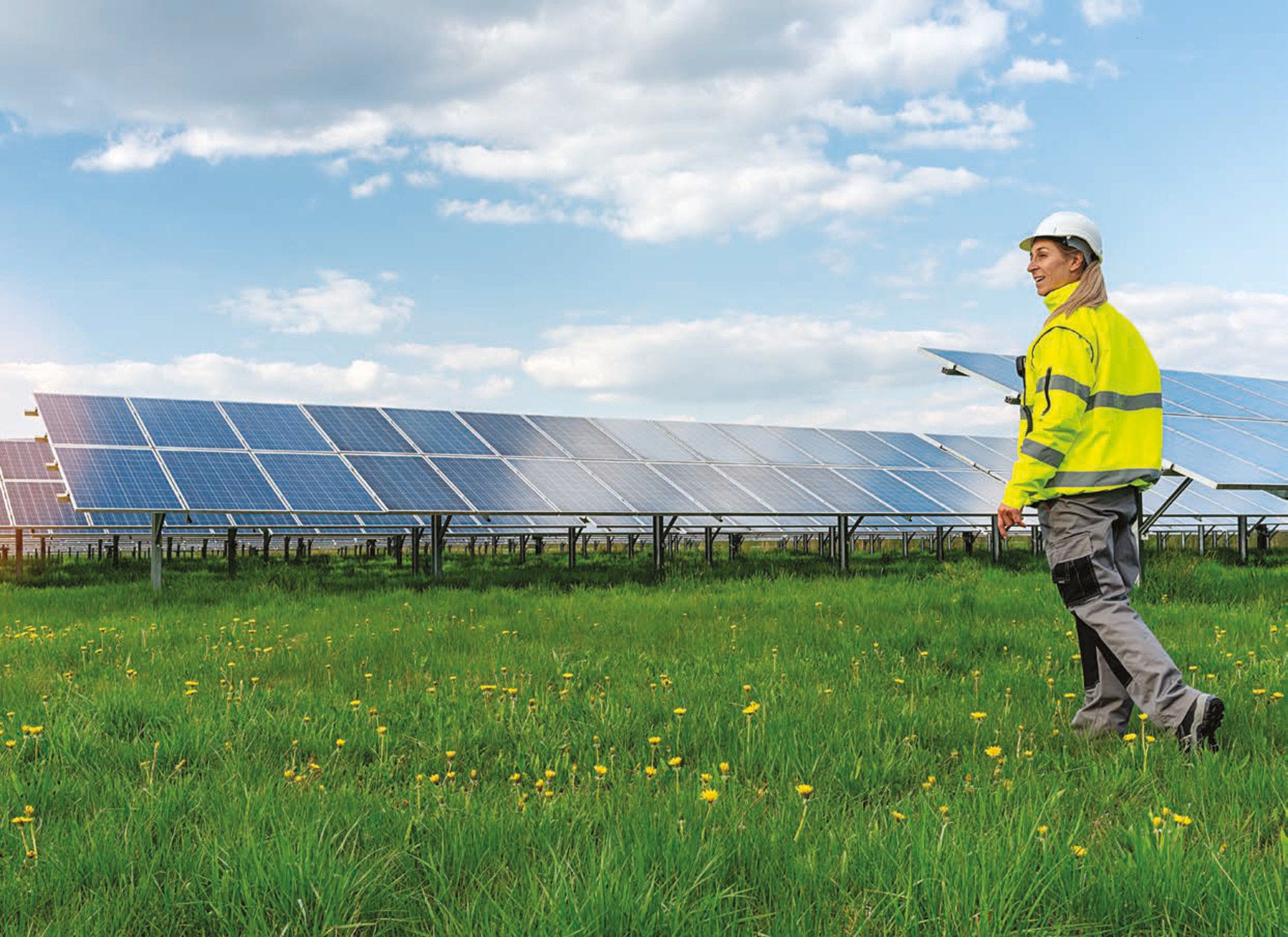See more data for Poland on the related dashboard.
Economic Policy Reforms 2023
Going for Growth

Poland
Product and labour markets functioning
Performance gaps
Regulation of services, which account for around half of the exported value added, has significant room for improvement. This is the case for lawyers, notaries, architects and engineers, and general occupational licensing.
State ownership remains important.
Recommendations
Reduce competition barriers in services and networks.
Ensure good governance of SOEs and enforcement of competition policy, in particular in sectors with state presence.
Digital transition
Performance gaps
Despite significant progress in digitalisation in recent years, Poland lags other OECD and peer countries.
Digital skills are below the European average, and particularly low among the older population.
The level of firms’ adoption of Information and Communication Technology (ICT) is behind most advanced economies.
Recommendations
Increase the flexibility of formal and non-formal education through more modular training, making use of recognition of prior learning and microcredentials. Adopt individual training accounts, making training rights portable from job to job.
Promote lifelong learning, particularly among those working in SMEs and the less educated, inactive, and older population.
Provide ICT equipment in schools and training for vocational education and train teachers to teach digital skills.
Expand consultancy services that offer expert technical advice to facilitate investment in digital technologies among SMEs.
Inclusiveness, social protection, and ageing
Performance gaps
Healthcare is receiving additional public funding since Poland is lagging in terms of healthcare outcomes.
Future low pension adequacy increases the risk of old-age poverty and long-term spending pressures.
Stronger employment protection of older workers creates disincentives to hiring them.
Recommendations
Make the healthcare strategy better integrated throughout the healthcare system. Expand care coordination and elements of pay-for-performance to all health and social care areas.
Improve working conditions in the health sector to attract and retain workers. Over time, raise health workers’ remuneration.
Extend working lives and gradually align the male and female statutory retirement age increasing it in line with life expectancy gains in good health.
Harmonise employment protection across age groups.
Climate transition
Performance gaps
Despite progress in making economic growth more sustainable, the carbon intensity of the economy remains high, with strong reliance on coal. Much of the population is still exposed to harmful levels of pollution.
The energy transition strategy has been revised given the current geopolitical situation, energy security and energy price volatility.
Renewables investment is hindered by capacity and connection constraints of the electricity grid and the regulatory framework.
The pricing of the environmental costs of fossil fuels is uneven across the economy. Just over 30% of energy-related emissions are priced at or above the benchmark level of 60 euros/tonne of CO2.
Hard coal mines will be closed by 2049.
Recommendations
Accelerate the development of renewables, diversifying technologies and improving energy security and efficiency. Minimise the increased reliance on coal in the near term.
Expedite and scale-up investments in the electricity grid. Review regulations and other constraints hindering renewables investment.
Set out a clear long-term path for carbon pricing. In the medium-term, raise and eventually align the national emissions fee with the EU ETS.
Ensure a just transition through well-targeted retraining, a hiring freeze and inter-sectoral upskilling for the hard and lignite coal sectors. Apply complementary policies in the wider coal value chain.